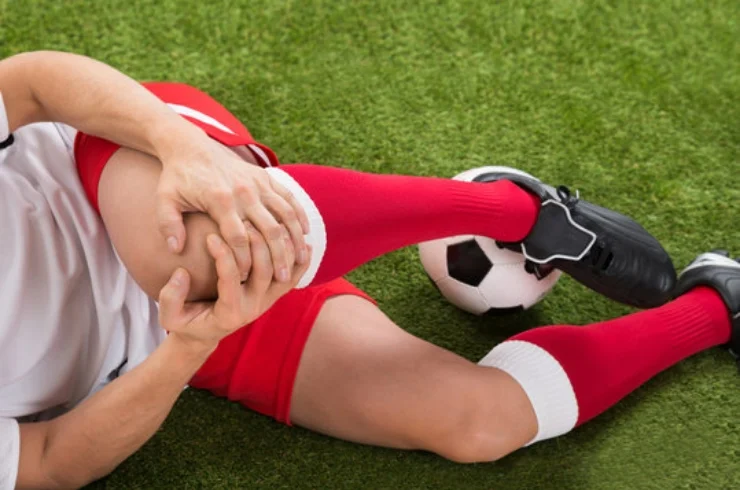Sports Injury

Sports Injury: Understanding, Prevention, and Treatment
Sports injuries are common occurrences, particularly among athletes and active individuals, resulting from physical activity, overuse, or accidents during sports or exercise. These injuries can affect muscles, ligaments, tendons, joints, and bones, often resulting in pain, swelling, bruising, and limited mobility. While most sports injuries are treatable, their impact can vary based on severity, ranging from minor sprains and strains to complex fractures and ligament tears.
Types of Sports Injuries
Sprains and Strains: Sprains are injuries to ligaments, while strains involve muscles or tendons. Both can occur due to sudden twists, overextension, or excessive force.
- Fractures and Dislocations: Bone fractures and joint dislocations are often caused by high-impact trauma, falls, or collisions in contact sports.
Tendinitis and Bursitis: These are inflammatory conditions of the tendons and bursae (fluid-filled sacs), often resulting from repetitive movements in sports such as tennis or running.
Concussions: A type of traumatic brain injury caused by a blow to the head, often seen in contact sports like football or soccer.
Cartilage Tears: Injuries to the cartilage, especially in weight-bearing joints like the knee (e.g., meniscal tears), are common in high-impact sports.
Prevention
Preventing sports injuries involves several strategies, including proper warm-up and cool-down routines, wearing appropriate protective equipment, and maintaining strength and flexibility through regular exercise. Athletes should also ensure proper technique during sports activities to avoid unnecessary strain on the body. Cross-training to prevent overuse injuries and allowing sufficient rest for recovery are key components of injury prevention.
Treatment
Treatment for sports injuries varies depending on the type and severity. Initial first aid for minor injuries often follows the R.I.C.E. method: Rest, Ice, Compression, and Elevation. For more serious injuries, such as fractures, dislocations, or torn ligaments, medical intervention may be necessary. This can include physical therapy, immobilization with casts or braces, or surgical interventions in cases of severe damage. Rehabilitation is essential for restoring strength, mobility, and function after an injury.
Conclusion
Sports injuries, while common, can often be prevented or effectively treated with proper care and attention. A comprehensive approach involving prevention, early intervention, and appropriate rehabilitation ensures athletes can recover and return to their sports activities with minimal long-term impact.
